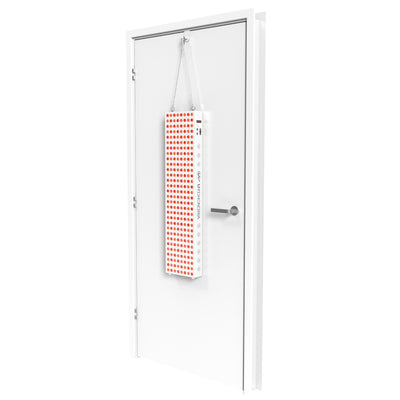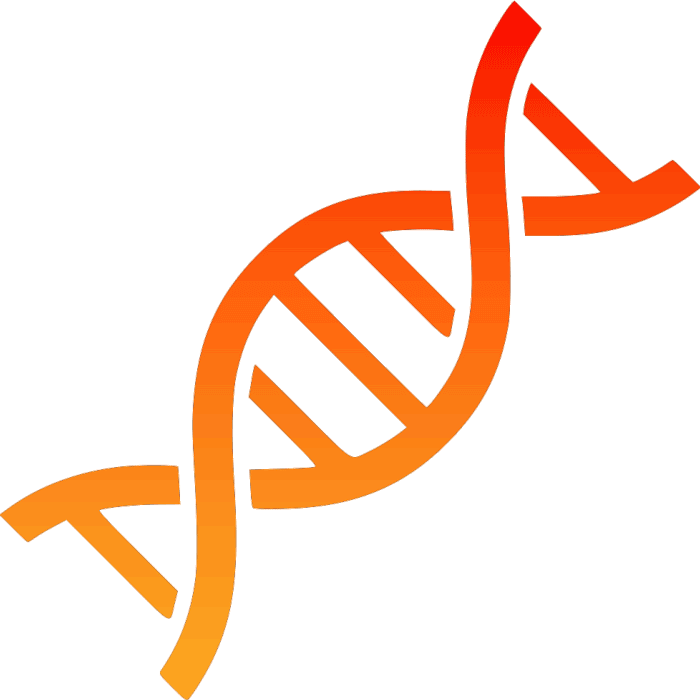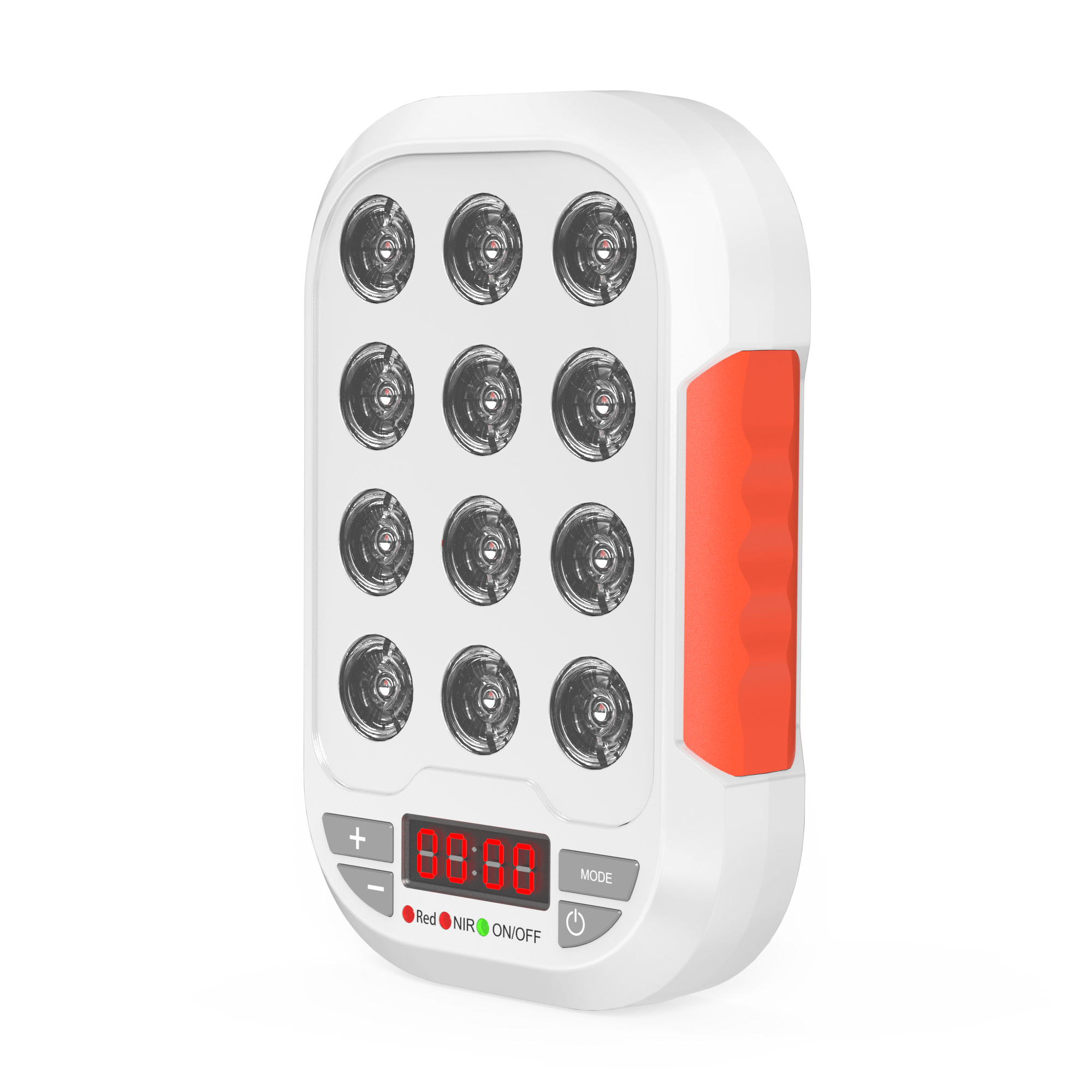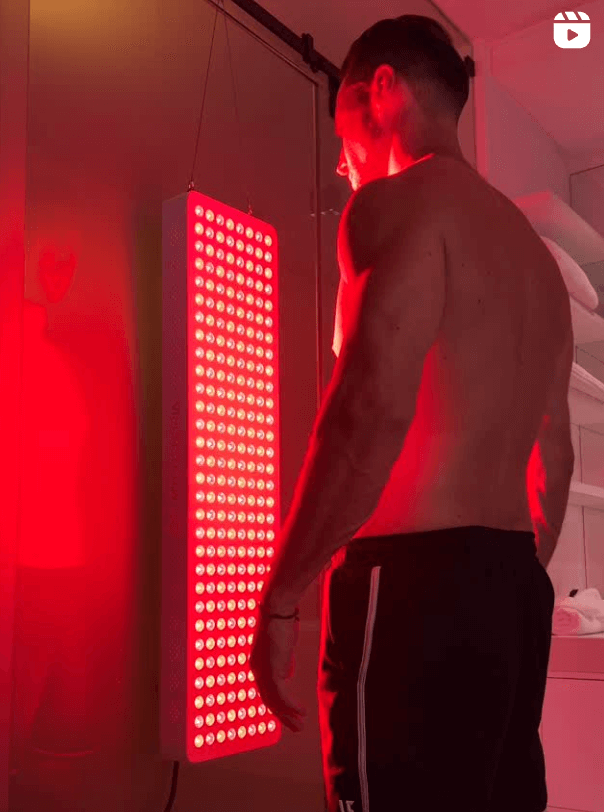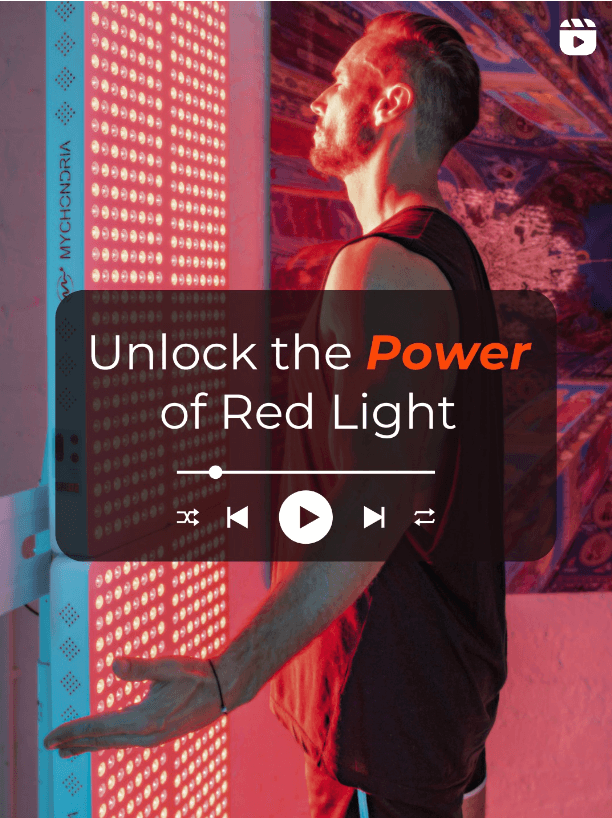
It is an old saying that "radiant skin is a reflection of a happy and healthy soul." Globally, the skincare market generated 144 billion USD$ in 2022. This is forecasted to reach 186 billion USD$ in 2028 (Statistica, 2024). If there is one universal desire, it would be to have flawless skin that doesn't age. We spend our teenage years desperately trying to hide, cover up or heal acne quicker as our hormones change and then spend our later years attempting to halt signs of aging.
The global scar treatment market size was estimated to reach $23.6 billion by the end of 2021. According to trend analysis research, this industry is expected to expand at a compounded annual rate.
This is largely as a result of the increasing desire for improving aesthetic appearances by individuals as well as the constant demand for youthful looking skin. It's clear to see that the skincare industry is ever-growing and we are always looking for non-invasive treatments that can provide holistic benefits without causing damage.
Red Light Therapy - how it can assist with healthy, glowing skin:

In order to have a young and soft skin, we need more collagen and elastin proteins. These two proteins are the most abundant in our body, but decrease as we age.
Collagen provides structural strength to your skin while elastin gives the skin stretchiness. When either of these proteins is insufficient skin becomes wrinkled and gets a very rough texture.
Red light therapy provides more energy to the mitochondria in our cells, meaning that our cells can function more effectively and efficiently. For the cells of the skin, this energy boost means faster cellular turnover, faster skin repair and enhancing skin rejuvenation.
Overall skin health and condition is improved by:
• Increased fibroblast production – which stimulates collagen production
• Improving blood circulation
• Reducing inflammation
• Improving skin structure, strength and elasticity
• Increasing elastin production
• Activating stem cell production
Prove it!?

A 2014 study reviewed sixty-eight peer-reviewed clinical trials using light therapy to treat scars between 1992 and 2012. A brief summary of these findings concluded that light therapy is able to decrease inflammation, increase fibroblast proliferation, stimulate tissue formation and increase the synthesis of collagen within the wound.
Another clinical trial investigated hypertrophic scars in 15 children, where one half received a genuine light therapy treatment for scar reduction, and the other half receiving a placebo light. After three months of consistent treatment, the scars were analysed. It was determined that the scars treated with red light therapy were significantly reduced in size and appearance. The study concluded that red light therapy is safe and effective for use, even for children!
In 2017, a research study was conducted to analyze the role of RLT in treating eczema. The patients received RLT sessions once a week and reported significant improvements in their eczema symptoms, like reducing bumps, flaky skin, redness, and swelling. They also scratched less and had fewer rough patches on their skin.
In all clinical studies performed on the treatment of the symptoms of eczema and psoriasis; red light therapy has documented a reduction in inflammation, reduction in itching and pain and sped up healing.
Patients report no negative side effects, and found the treatment safe, natural and easy to use. Patients also consistently report that using red light therapy to treat these skin conditions offer larger and more noticeable improvements that prescription drugs and invasive procedures.
Conclusion:
Red light therapy appears to be a safe and effective way to rejuvenate the skin. Many patients start seeing improvements in texture and appearance of their skin after just a few treatments.
"Invest in your skin, because you're going to wear it every single day for the rest of your life."
References
InformedHealth.org [Internet]. Cologne, Germany: Institute for Quality and Efficiency in Health Care (IQWiG); 2006-. Eczema: Light therapy and oral medications. 2017 Feb 23 [Updated 2019 Mar 20]. Available from: https://www.ncbi.nlm.nih.gov/books/NBK424892/
https://www.statista.com/outlook/cmo/beauty-personal-care/skin-care/worldwide
https://www.ncbi.nlm.nih.gov/pmc/articles/PMC4148276/
Alsharnoubi J, Shoukry K, et al. Evaluation of scars in children after treatment with low-level laser. Lasers in Medical Science. https://pubmed.ncbi.nlm.nih.gov/29974280/


